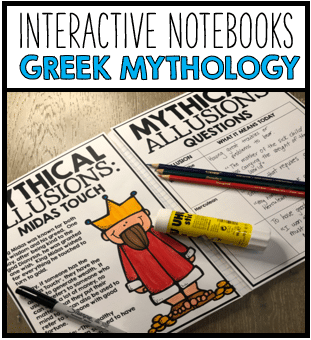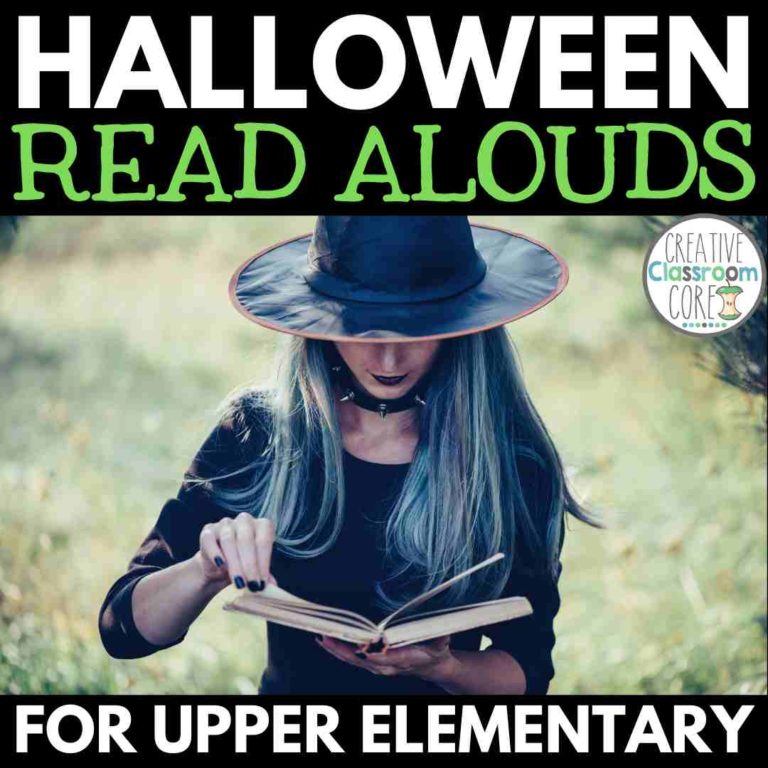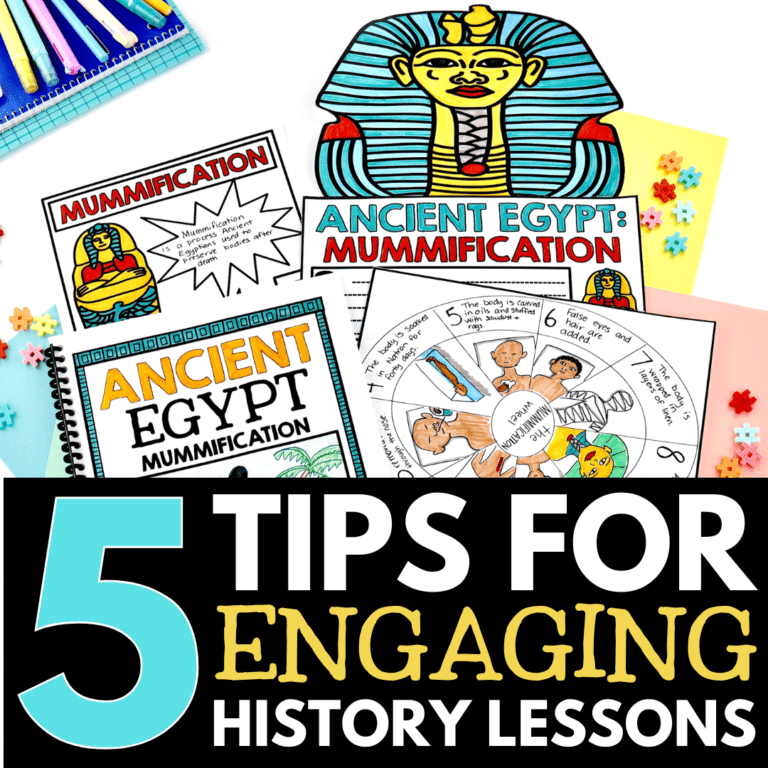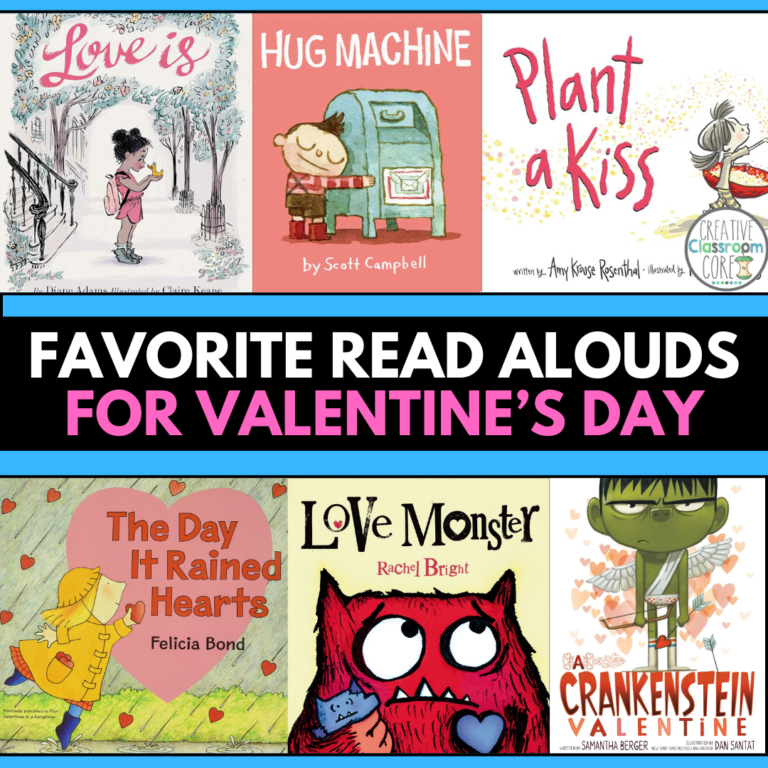What is a fable?
By MARISSA DESPINS Updated April 7, 2025
Have you ever asked yourself the question “what is a fable?” If you have ever heard the story of the tortoise and the hare, you know it is a story where a slow, steady tortoise challenges a fast, boastful hare to a race—and wins! While the story is short and simple, it teaches an important lesson: “Slow and steady wins the race.” This type of story is called a fable, and it’s one of the oldest ways people have used to teach life lessons.
Looking for some fun ways to teach Fables in your classroom? Click on the image or button below to see all of the fable resources available in my TPT shop!
What is a Fable?
So, what is a fable? A fable is a short story that is meant to teach a moral, or lesson. Fables often show characters learning something important, like the value of honesty, hard work, or kindness. These stories are easy to remember, and the lessons they teach can help readers of all ages understand right from wrong. Long before books and schools, people told fables out loud to pass on wisdom to younger generations.
Key Characteristics of Fables
Fables have some special features that make them different from other stories:
1. They are short and simple.
A fable usually has only a few characters and gets right to the point.
2. They often use animals as characters.
In most fables, animals act like humans. They speak, think, and behave like people. For example, in The Fox and the Grapes, a hungry fox tries to reach some grapes but can’t. He walks away, saying the grapes were probably sour anyway. This teaches the lesson that people sometimes pretend not to want something they can’t have.
3. They teach a lesson.
Every fable has a clear message, called a moral. Sometimes, the moral is written at the end of the story, and sometimes readers must figure it out for themselves.
4. They use simple language and easy-to-understand plots.
Because fables are meant for all ages and were often told out loud, the language is usually straightforward.
Famous Fable Writers
One of the most well-known fable writers in history is Aesop, a storyteller believed to have lived in ancient Greece more than 2,500 years ago. Though we don’t know much about his life, the collection of stories known as Aesop’s Fables has been shared all around the world. Some of the most famous ones include:
- The Boy Who Cried Wolf – a warning about what happens when you lie.
- The Ant and the Grasshopper – a lesson on planning ahead and working hard.
- The Lion and the Mouse – a reminder that even the smallest creatures can help the mighty.
Many cultures also have their own versions of fables, often passed down through oral storytelling.
Fables Vs. Legends and Folktales
Now that we have answered the “What is a Fable?” question, it is important to look closely at how they differ from other stories. Fables are part of a larger group of traditional stories called folklore, which also includes legends and folktales. While they share some similarities, each type of story has its own purpose and features.
- Fables are short stories that teach a lesson. They often include talking animals.
- Legends are stories about real people or events that have been exaggerated over time. They often include heroic deeds or historical settings.
- Folktales are traditional stories passed down from one generation to the next. They can include magic, mythical creatures, or clever humans, but they don’t always teach a moral like fables do.
Why Fables Still Matter Today
Even though fables were created thousands of years ago, they are still important today. Their simple lessons can help readers think about their own actions and choices. Teachers, parents, and storytellers around the world still use fables to encourage children to be honest, kind, and responsible.
So the next time you read a short tale about a clever fox or a hardworking ant, ask yourself: What lesson is this story trying to teach me? Chances are, you’ve just read a fable—and learned something that people have been passing down for centuries.
Fable Activities for the classroom
Looking to answer the “what is a fable?” question in your upper elementary or middle school classroom? Check out these resources below – each bundle contains 5 full text fables, a genre introduction, close reading activities, vocabulary, projects, and more!
Looking for more Reading ideas?
Check out these related blog posts below!
Upper Elementary Novel Study Favorites
Holes Novel Study Ideas for Upper Elementary
Teaching Characterization with Bridge to Terabithia
Interested in signing up for my email list?
If you are interested in signing up for my email list, you can do so by clicking on the link below. I periodically send out emails with free resources, teaching tips, and exclusive deals. Signing up will also give you immediate access to some of my best selling Interactive Notebook resources – foldables, graphic organizers, and other fun activities.









